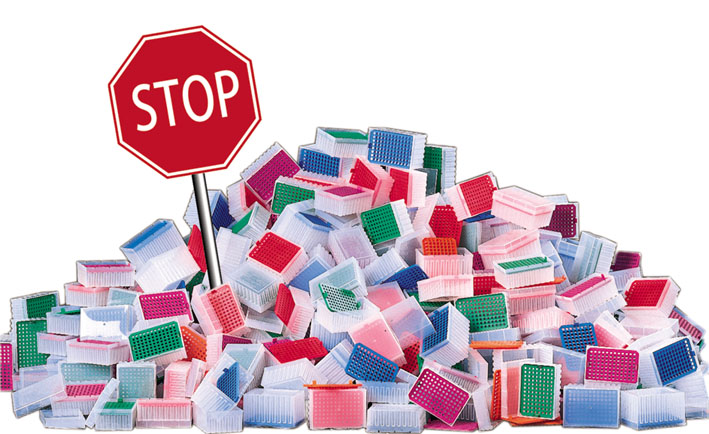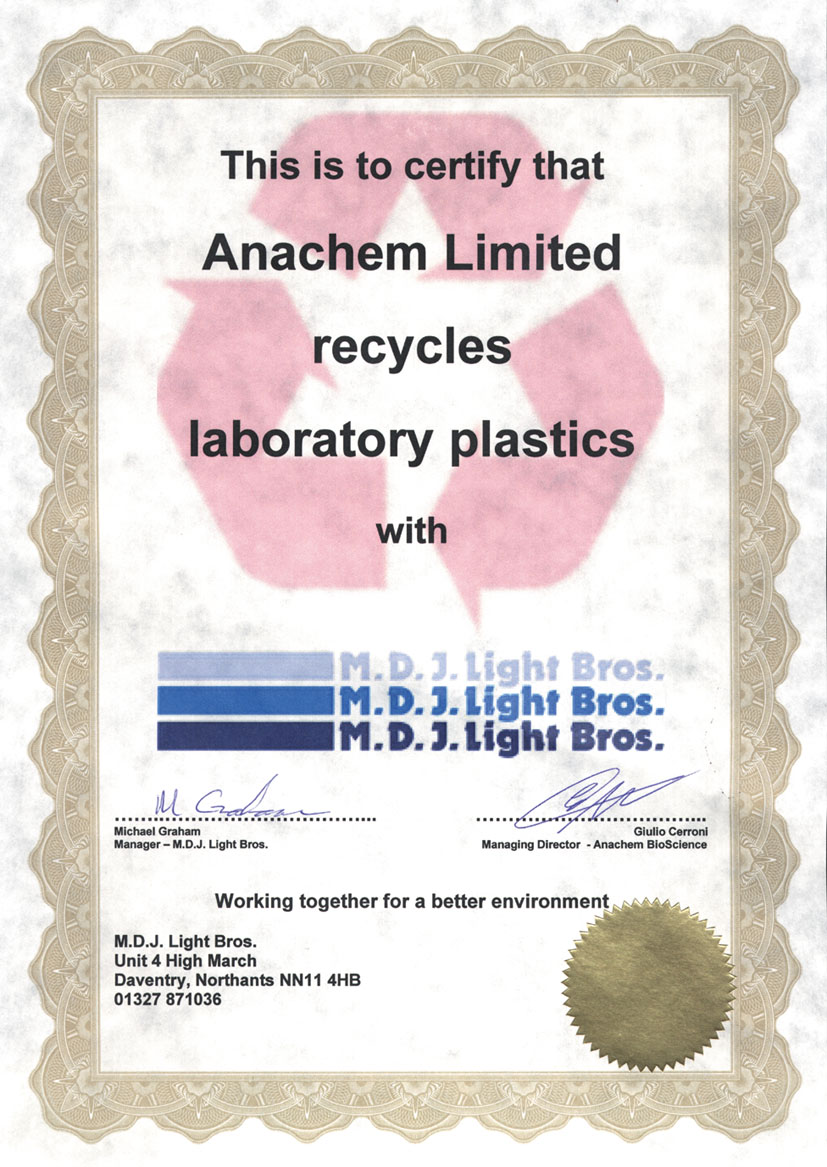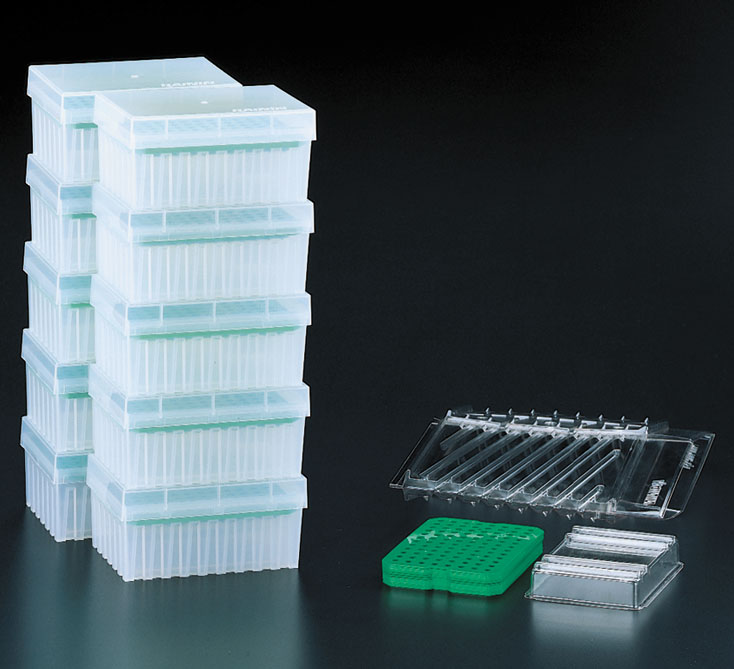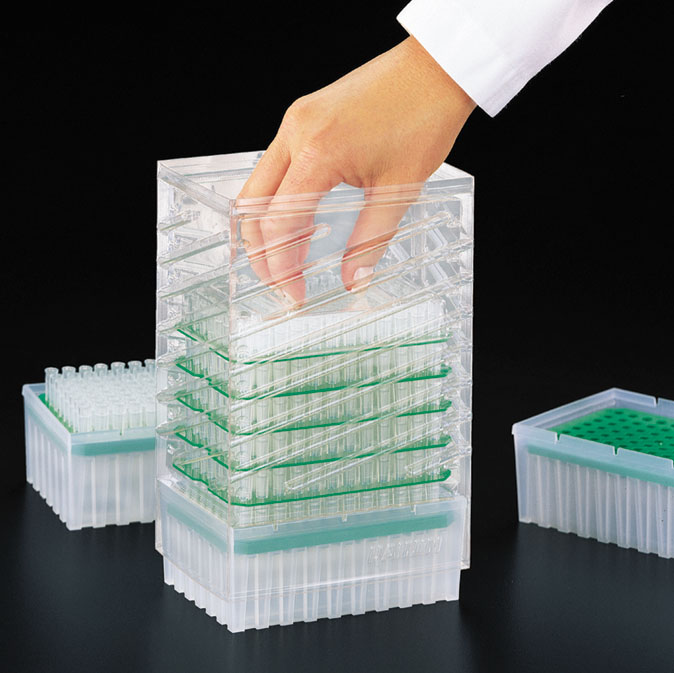Consumables dont cost the earth
1 Jul 2005 by Evoluted New Media
We all have an obligation to safeguard our environment for future generations and there are many ways, both at home and at work, that we can make to contribute to environmental protection
We all have an obligation to safeguard our environment for future generations and there are many ways, both at home and at work, that we can make to contribute to environmental protection
 Disposal of waste is one of the major environmental issues that we face. England and Wales produce 400 million tonnes of waste every year from the rubbish people at home and work discard. Much of this waste ends up in landfill sites. About 100 million tonnes of waste is land filled each year. In the past it was an easy route for waste disposal because it was cheap and space was often available in old quarries. However, space approved for landfill is set to run out in the next five to ten years.
Disposal of waste is one of the major environmental issues that we face. England and Wales produce 400 million tonnes of waste every year from the rubbish people at home and work discard. Much of this waste ends up in landfill sites. About 100 million tonnes of waste is land filled each year. In the past it was an easy route for waste disposal because it was cheap and space was often available in old quarries. However, space approved for landfill is set to run out in the next five to ten years.
Careful management is needed so the effect of waste on the environment and human health is minimised. Waste management and disposal have improved over the past 25 years as a result of better regulation, using the law to set tighter controls and higher standards, and from the waste management industry's positive response to this regulation. Government policy is to reduce and reuse wastes. Some disposal is necessary, but it should be the last resort. The emphasis is on managing waste in more sustainable ways - conserving raw materials but still protecting the environment and public health. Products and services are increasingly designed with reuse or recycling in mind.
Laboratory waste
Increasing responsibility is being placed on laboratories to reduce the amount of waste that they dispose of. The adoption of waste minimisation by the research and educational community carries with it a tremendous potential for designing pollution out of future industrial processes right in the lab. Good pollution prevention practice will develop an awareness of proper waste management and help raise a new generation of environmentally conscious scientists, technicians, clinicians and engineers.
 Laboratories have unique waste management problems. Waste volume is not large compared to the typical industrial operation, but the diversity of wastes is considerable. Literally thousands of wastes are generated in laboratories. This waste may include hazardous chemicals, biological materials, glass and sharps that require specialist means of disposal. However, the more basic issues of paper and plastic disposal are also paramount as these usually end up in landfill sites. Pollution prevention should be as much a part of doing business as worker safety and product quality are. Successful pollution prevention begins with a strong commitment to prevent generation of wastes.
Laboratories have unique waste management problems. Waste volume is not large compared to the typical industrial operation, but the diversity of wastes is considerable. Literally thousands of wastes are generated in laboratories. This waste may include hazardous chemicals, biological materials, glass and sharps that require specialist means of disposal. However, the more basic issues of paper and plastic disposal are also paramount as these usually end up in landfill sites. Pollution prevention should be as much a part of doing business as worker safety and product quality are. Successful pollution prevention begins with a strong commitment to prevent generation of wastes.
Over several decades changing techniques, new technologies and the requirement for higher throughput assays has led to an increased usage of disposable plastic, laboratory products, primarily made of polypropylene. These include disposable tubes, plates, racks and of course pipette tips.
Pipette tips
Pipetting is the most common laboratory activity and pipette tips are used in vast numbers. In the past all pipette tips were supplied loose, in bags, from which scientists would simply take a handful for use with their pipettes. These create the minimum amount of waste as only the tips require disposal after use. However, due to sterility issues, increased pipetting requirements and time demands, racked tips were introduced to provide a convenient, sterile, and ready to use option. This soon became the norm in many laboratories with more and more institutes routinely buying ready racked tips. Unfortunately, this advance results in a build up of empty polypropylene racks that are no longer required once the tips have been used. Due to the nature of the plastic material it is not degraded over time. A pipette tip rack placed in a landfill site will still look like a pipette tip rack in 100 or even 1,000 years. The environmental implications are considerable.
Several tip suppliers have implemented recycling schemes to minimise the impact of the growing waste from tip packaging. In the UK and Ireland, Anachem has taken several further initiatives. It markets a wide range of laboratory consumables, a large proportion of which are manufactured from polypropylene. As a responsible company Anachem is concerned about disposal of plastics into the environment and knows from discussions with end users that they are too.
Any unrequired tip racks returned to Anachem are offered and despatched to other users for self racking of their loose tips. Such re-use reduces to some extent the amount of waste created. In addition, to ensure that polypropylene ‘waste’ created from the use of its products can be recycled, Anachem works in partnership with a dedicated plastic recycling company (Figure 1) to re-use these plastic materials for other products, preventing their dumping into landfill and reducing the consumption of further raw materials. The material is collected from qualifying laboratories and then ground down, ready for melting and re-moulding into its new form.
Whilst this is a far better option than simply dumping the material in landfill, if we are truly environmentally aware we must consider the impact of transporting the material plus the energy requirements for its re-processing. A much better solution to the problem is to avoid generating the high number of waste racks in the first place. Once the plastic is manufactured it will always be there and there is no way to remove it from the environment. The material may be ground up and re-used four or five times but inevitably it will eventually end up in landfill.
In accordance with Government policy responsible pipette tip manufacturers have responded to the plastic waste issue by developing systems that reduce this mountain of empty tip rack waste. However, there is a balance between finding a ‘green’ option and maintaining a high quality product that still provides a practical solution for the scientist. Companies such as Gilson and Rainin have invested in reducing the amount of polypropylene used by inventing automatic tip refilling systems. These enable a single robust polypropylene tip rack to be repeatedly refilled with tips and reused again and again. The refilling systems are easy to use, robust and without the risk of tip spills presented by some refill designs. They reduce the amount of waste created but do not compromise the sterility or labour saving advantages of a racked system. Plus, the refill systems bring the added bonus of space savings in the laboratory.
Some users may be concerned that environmentally friendly tip packaging systems come at a higher price. Certainly in other aspects of life we have had to expect to pay a premium, for example for organic foods and eco friendly washing powders. In fact, Anachem brings the Gilson and Rainin tip refill systems to users at a lower cost than individual tip racks, enabling budget and environmental savings.
Tip refill systems
For standard non-filter tips Anachem can supply two unique refill systems from both Rainin and Gilson. The Rainin SpaceSaver (Figure2a) contains the same number of tips as ten individual racks but is manufactured from 91% less weight in polypropylene. Figure 2b shows the stack of waste from standard racked tips (left) compared to what is left after using the equivalent number of tips from a SpaceSaver system (right). The stacked system dispenses 96 tips in seconds, into a Rainin removable cover rack. This is done automatically when you press down on top of the unit to release the tips (Figures 2c and 2d). Similarly, the Gilson Tower Pack (Figure 3) also contains 960 tips but has 89% less weight in polypropylene than the equivalent standard racks. Tips are dispensed into the Gilson Universal Reload Rack that will accommodate tip sizes from 10µl up to 1000µl.
Both of these tip refill systems are also available in pre-sterilised formats for added convenience and to save time and resources autoclaving. These systems also reduce the amount of space taken up in the laboratory by up to 70% compared to standard racks.
Multichannel pipette users may also benefit from the Rainin StableStak (Figure 4) tip system that contains 960 tips in a stacked double rack format of 192 tips per layer, making twice as many tips available on the bench top. This system uses 60% less weight in polypropylene than standard racks.
Various suppliers have other refill options available, however when considering the system of choice it is important to look at the robustness of the rack that will be re-used numerous times to ensure that it will withstand repeated autoclaving and general laboratory wear and tear. In addition the amount of plastic waste still generated from the refill packaging must be taken into account. The following data compares tip refill systems from two manufacturers.
Comparison of Rainin SpaceSaver and Starlab Tip Refill Systems - Plastic Waste Reduction at Source
Tip rack and trays
Polypropylene product Rainin rack Rainin tip tray Starlab rack Starlab tip tray Weight per item (g) 101.50 9.06 92.04 31.34 Total weight per refill system (for 10 x 96 tips) (g) 101.50 90.60 92.04 313.40
Outer packaging
| Polyethylene product | SpaceSaver outer shell | SpaceSaver lid | Starlab outer shell top | Starlab outer shell bottom |
| Weight per item (g) | 48.56 | 6.90 | 29.79 | 27.36 |
Total weight per
refill system (g) 55.46 57.15
Total weight per refill system (for 10 racks) (g) 55.46 57.15
Assuming the actual tip racks are retained for re-use there is considerable difference in the amount of waste plastic (outer packaging plus tip trays) created by these two tip refill systems.
Total plastic packaging waste from 960 tips
Rainin SpaceSaver (g) 146.06
Starlab Refill (g) 370.55
% increase using Starlab 153.70%
The Rainin re-useable tip rack is constructed from 10% more polypropylene, indicating that it is more robust and will last longer in repeated use. In addition the quantity of plastic in the disposable SpaceSaver tip trays is much lower. Overall, the Starlab refill system creates over 224g more plastic waste than Rainin SpaceSaver.
Aerosol resistant filter tips
In recent years there has been a greater use of filter tips as standard practice within laboratories. These tips prevent aerosol contamination of samples and pipettes and were introduced due to the wider use of techniques such as PCR. Due to the sensitivity of the techniques for which they are used filter tips are usually required sterile and thus pre-racked. The filter prevents the tips being stacked within each other so they could until recently only be supplied in individual racks. Thus a large proportion of waste racks are generated from filter tips and this is now a major cause of polypropylene waste.
Anachem claims to offer the only solution to this problem available in the UK and Ireland, with the Rainin Green-Pak tip refill system (Figure 5). Each Green-Pak contains a pre-sterilised tray of aerosol-resistant filter tips that can be quickly and easily re-loaded into an empty Rainin rack. This reduces the weight of polypropylene created by 91% when compared to standard racks. Green-Pak is available with pre-sterilised filter tips or standard tips in all volume sizes and is claimed to be the only option for reducing the polypropylene waste created by using filter tips. This unique refill option for filter tips creates less than a quarter of the amount of plastic waste compared to the only option of racked tips from other suppliers.




Fig 2a Fig 2b Fig 2c Fig 2d


Fig 3 Fig 4 Fig5
Fig 1 Anachem recycling certificate
Fig 2a Rainin SpaceSaver Stacked Tip Rack Refill System
Fig 2b 91% less polypropylene waste from SpaceSaver system compared to standard racked tips
Fig 2c&2d SpaceSaver automatically dispenses 96 tips in seconds into a Rainin removable cover rack
Fig 3 Gilson Tower Pack Tip Rack Refill System creates 89% less plastic waste
Fig 4 Rainin Stable Stak, ideal for Multichannel Pipette users
Fig 5 Rainin Green Pak, unique refill system for filter tips
Next time you are buying pipette tips for your laboratory consider whether you are using the most environmentally friendly option available. As well as making your contribution to saving the planet you could also be making cost, space and time savings.
By Carole Staniford, Marketing Manager, Anachem Bioscience, UK


















